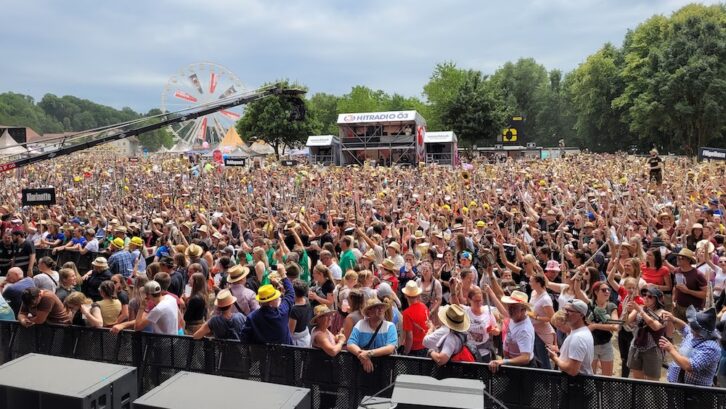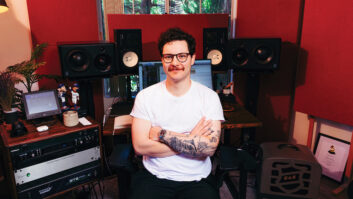
Austria (October 12, 2023)—Austrian recording studio tonzauber’s recording/OB truck captured the recent Woodstock of Brass Music, the largest open-air brass band festival in Europe.
The Woodstock of Brass Music pays homage to the iconic 1969 event in upstate New York with a playful twist and has been held annually since 2011 in the charming town of Ort in Northern Austria. Drawing inspiration from its American counterpart, this four-day extravaganza in late June welcomes over 80,000 music enthusiasts who revel in the performances of 130 bands, spanning traditional to contemporary brass music. Notably, since 2015, the festival’s highlight has been the Ensemble Playing, an awe-inspiring spectacle that unites a staggering 20,000 musicians.
According to Georg Burdicek, sound engineer and founder of tonzauber, “This year at the Woodstock of Brass Music, we recorded 35 bands over four production days, with 16 of these performances broadcast live on TV and radio by Austrian public broadcaster ORF.”
Counterfeit Speakers Seized; Sound Co. Slammed with $5m Judgment
The heart of the tonzauber truck’s audio equipment is a Lawo mc²36 MkII audio mixing console with integrated processing. With its A__UHD core technology, it offers 256 processing channels available at both 48 and 96 kHz.
Burdicek explains the logistical intricacies of the event’s twinned main stage: “One of the stage’s two sections is always active, with just a five-minute break between concerts. As both stage units were served by a single OB truck, meticulous preparation was key.”
The mixer configuration was designed to allow permanent fader assignments to each twin section of the stage, while all channels could be accessed independently from the main console via an extended mx GUI. This setup facilitated live mixing of one band while preparing the next, encompassing tasks from channel labeling to line checks using PFL2, with monitoring through a Merging Anubis at the second workstation.
Burdicek continues, “The Lawo mc²36 MkII handled more than 140 channels simultaneously without a hitch. Signal transmission from the main stage relied on optical MADI, with one MADI stream per stage and, for some bands, a Dante stream. The stage-side frontend featured the Prodigy.MP from directout, complemented by two Lawo A__Mic8s for various additional atmospheric microphones and analog backup signals.”







